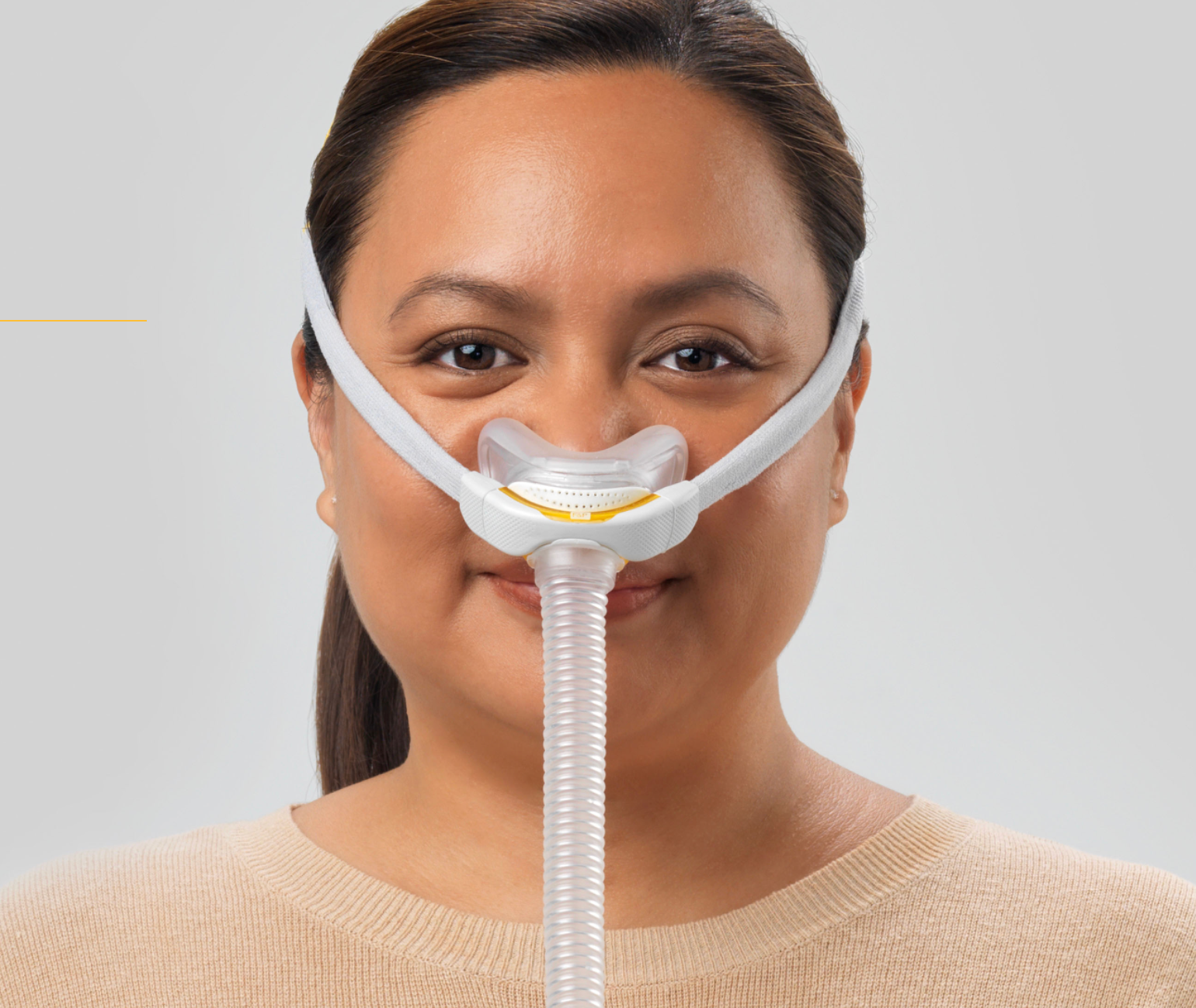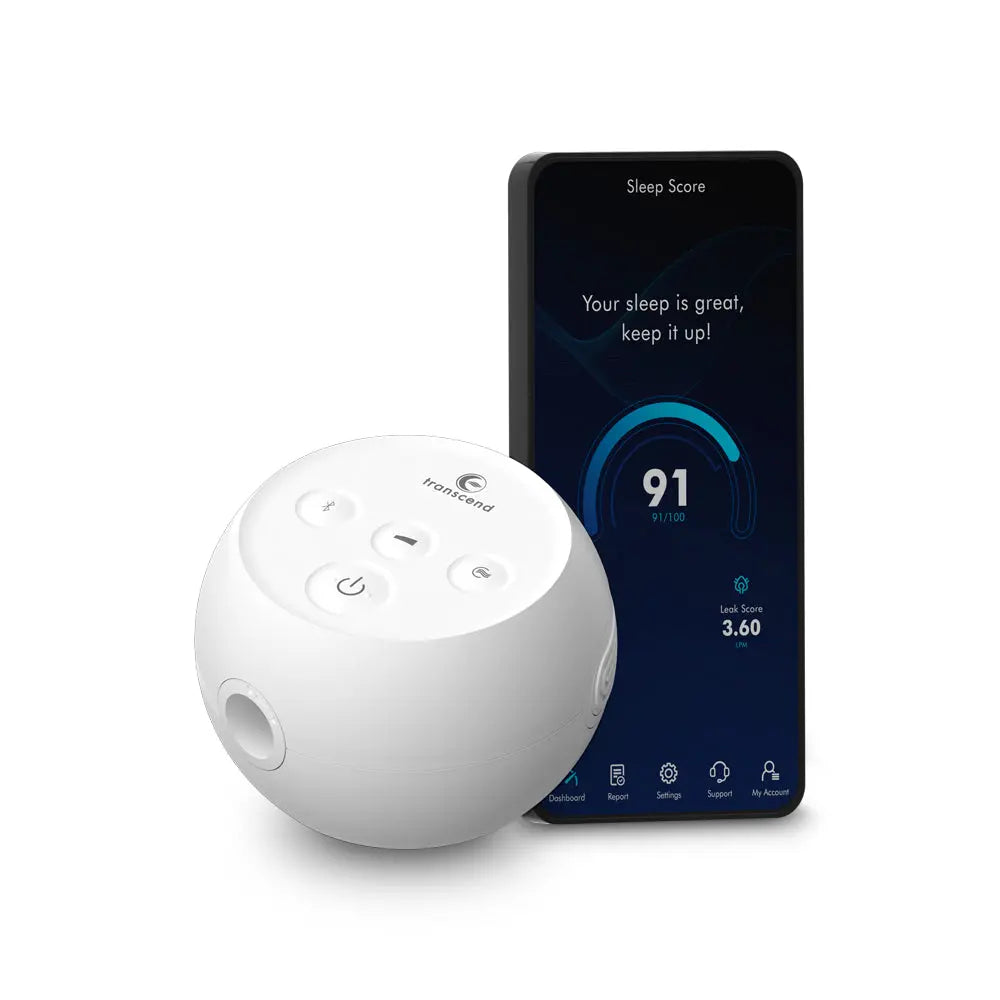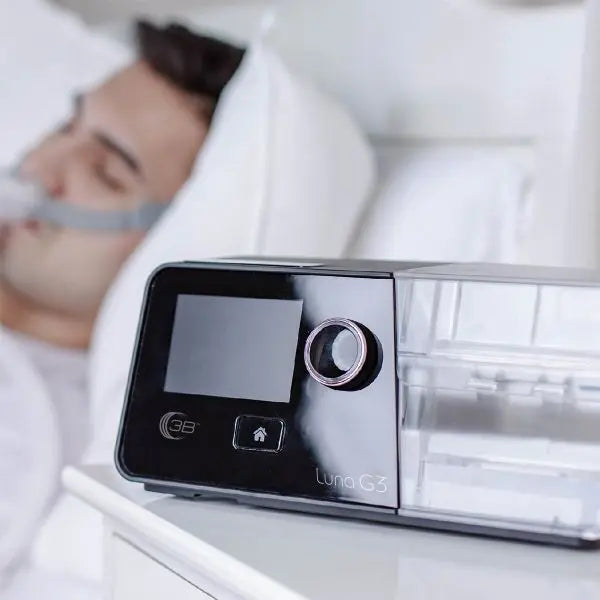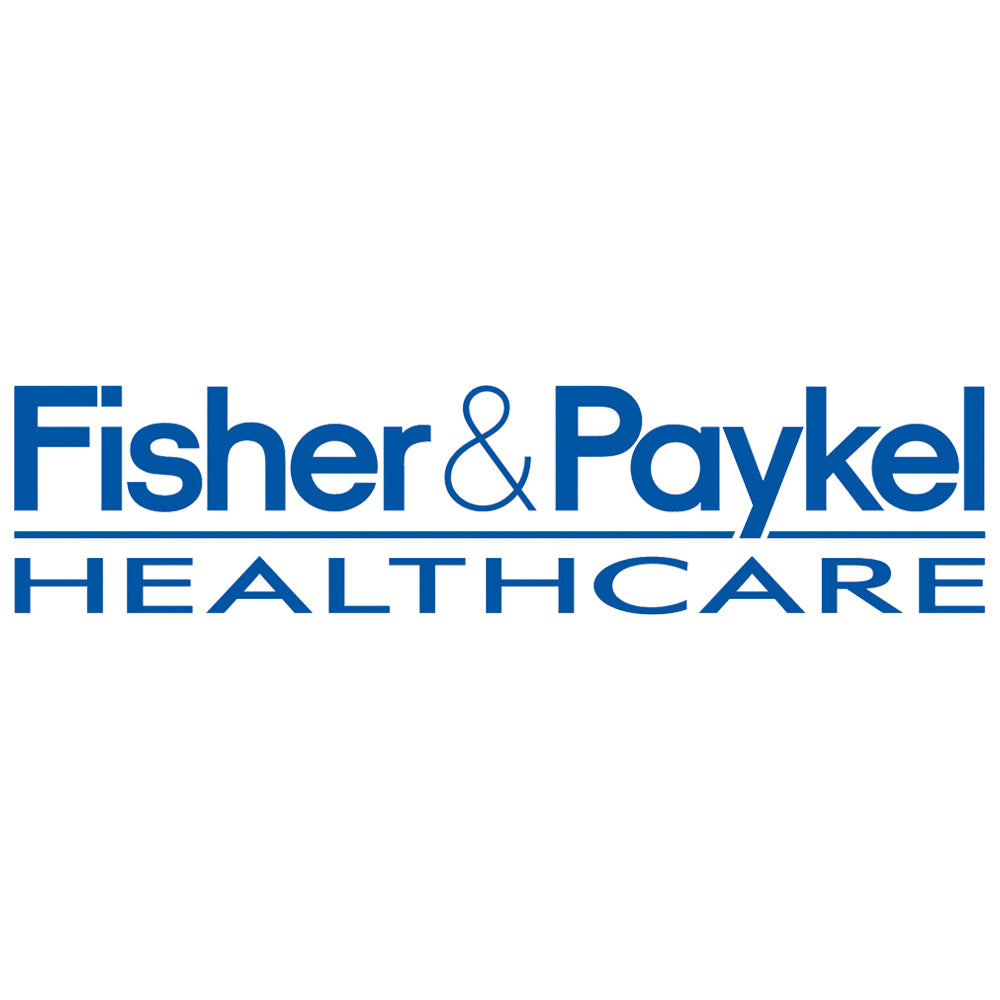Comprehensive Analysis of Sleep Apnea, CPAP Therapy, and Wearable Innovations
Introduction to Sleep Apnea
Sleep apnea is a sleep-related breathing disorder characterized by repetitive pauses in breathing, periods of shallow breathing, or upper airway collapse during sleep, resulting in poor ventilation and sleep disruption. Each pause can last from a few seconds to minutes, often occurring multiple times nightly, with common symptoms including daytime sleepiness, loud snoring, and non-restorative sleep despite adequate time. Research suggests it affects about 30 million American adults, yet only 6 million have an official diagnosis, highlighting a significant gap in awareness and detection (Sleep Foundation).
There are three types:
- Obstructive Sleep Apnea (OSA): The most prevalent, where throat muscles relax, blocking airflow, reducing or stopping breathing, often linked to obesity, large tonsils, or hormonal changes.
- Central Sleep Apnea (CSA): Less common, where the brain fails to send signals to breathing muscles, with no breathing effort, often associated with heart disorders or narcotic use.
- Treatment-Emergent Central Sleep Apnea: Identified during OSA therapy, diagnosed via sleep studies, where OSA converts to CSA, a complex form requiring further evaluation.
Symptoms, Causes, and Risk Factors
Symptoms include loud snoring, episodes of stopped breathing (reported by others), gasping for air, awakening with dry mouth, morning headaches, insomnia, excessive daytime sleepiness (hypersomnia), difficulty paying attention, and irritability. It’s often hard to self-diagnose, with partners or roommates noticing symptoms, prompting medical consultation.
Causes differ by type:
- OSA: Throat muscles relax, narrowing or closing the airway, lowering blood oxygen, with the brain briefly waking to reopen it, disrupting deep sleep, occurring 5 to 30+ times per hour.
- CSA: Brain fails to signal breathing muscles, leading to pauses without effort, with awakenings due to shortness of breath or sleep difficulties.
Risk factors are extensive:
- OSA: Excess weight (obesity greatly increases risk), neck circumference (thicker necks), narrowed airway (inherited, enlarged tonsils/adenoids, especially in children), being male (2-3 times more likely), being older, family history, alcohol/sedatives/tranquilizers use, smoking (3 times more likely), nasal congestion, and medical conditions like congestive heart failure, high blood pressure, type 2 diabetes, polycystic ovary syndrome, hormonal disorders, prior stroke, or asthma.
- CSA: Being older (middle-aged/older), being male, heart disorders, narcotic pain medicines (opioids, especially long-acting like methadone), and stroke.
Complications and Health Impacts
Untreated sleep apnea poses significant risks:
- OSA: Daytime fatigue increases motor vehicle and workplace accidents, high blood pressure, heart problems (recurrent heart attack, stroke, irregular heartbeats like atrial fibrillation, sudden death from irregular heartbeat if heart disease present), type 2 diabetes, metabolic syndrome (high blood pressure, abnormal cholesterol, high blood sugar, increased waist circumference), complications with medicines/surgery (breathing problems when sedated), liver problems (nonalcoholic fatty liver disease, irregular liver function tests), and sleep-deprived partners (loud snoring disrupts sleep).
- CSA: Severe fatigue, daytime drowsiness, irritability, and cardiovascular problems, with sudden oxygen drops worsening heart health, increasing irregular heart rhythms if underlying heart disease exists.
The evidence leans toward sleep apnea being directly tied to increased cardiovascular and metabolic health risks, with undiagnosed cases particularly dangerous, as noted in studies from Johns Hopkins Medicine (Johns Hopkins Medicine).
CPAP Therapy: Mechanism and Management
CPAP (Continuous Positive Airway Pressure) therapy is the gold standard for OSA, delivering constant air pressure through a mask to keep the airway open, normalizing breathing during sleep. It’s essential for avoiding complications like heart issues and excessive daytime sleepiness, with research suggesting consistent use improves quality of life (Cleveland Clinic).
How It Works: A CPAP machine uses a hose connected to a mask or nosepiece, delivering steady air pressure to prevent airway collapse, ensuring continuous breathing.
Benefits: Prevents heart problems, reduces daytime sleepiness, and positively affects health with time and patience, with studies showing quality of life improvements even in mild cases (Harvard Health Blog).
Side Effects: Common issues include leaky masks, trouble falling asleep, stuffy nose, dry mouth, feeling claustrophobic, skin irritation, difficulty tolerating forced air, accidentally removing the mask, and bothersome noise, with research indicating adherence challenges due to comfort.
Tips for Use: Ensure proper mask fit, try different styles (full face mask, nasal pillows), get used to it gradually by wearing while awake, use machines with a "ramp" feature for low starting pressure, add CPAP-heated humidifiers for dry nose, practice relaxation for claustrophobia, use chin straps for dry mouth, reduce noise with earplugs or white noise, and have regular check-ups to adjust settings.
Alternatives: For those struggling with CPAP, options include oral appliance therapy (custom devices for mild to moderate OSA), positional therapy (devices to sleep on side/stomach), weight management (obesity is a leading cause), and surgery (e.g., soft tissue removal, jaw repositioning, hypoglossal nerve stimulation), with newer devices like Inspire therapy offering mask-free solutions (Inspire Sleep).
Samsung and Stanford Medicine Collaboration: A New Frontier
On April 8, 2025, Samsung announced a joint research initiative with Stanford Medicine to enhance the Galaxy Watch’s sleep apnea detection feature, a development that could make home tracking more accessible. This feature, receiving FDA De Novo authorization in 2024, uses the Samsung Health Monitor app to detect signs of moderate to severe OSA in adults 22+ years, monitoring sleep for significant breathing disruptions over two nights, requiring tracking twice for over four hours within ten days (Samsung Global Newsroom).
Collaboration Details:
- Announcement Date: April 8, 2025, aligning with World Health Day, emphasizing global health innovation.
- Research Project Lead: Principal Investigator: Professor Robson Capasso, Chief of Sleep Surgery at Stanford; Co-Principal Investigator: Professor Clete Kushida, focusing on evaluating and refining the feature.
- Focus: Enhance detection to intervention, leveraging AI for daily monitoring and management, aiming to move beyond screening to provide meaningful daily support.
- Sleep Apnea Feature: OTC software, not for diagnosed users, not replacing clinical diagnosis, available on Galaxy Watch4 series and later, requiring Wear OS 5.0+ and Android 12.0+, currently in 29 markets, expanding to Brazil in late April 2025.
- FDA Authorization: First-ever De Novo classification, also approved by Korea’s MFDS and Brazil’s ANVISA, ensuring regulatory compliance (AASM).
- Limitations: Not for pregnant users or those with temporary breathing issues (e.g., flu, asthma), with results potentially inaccurate, emphasizing consultation with healthcare providers for diagnosis.
Goals and Impact: The collaboration aims to unlock innovations in preventive care, combining Samsung’s technological expertise with Stanford’s research capabilities, potentially transforming sleep health management by empowering users with AI-driven insights, a significant step given the underdiagnosis of sleep apnea.
Conclusion
Sleep apnea, with its serious health implications, requires proactive management, with CPAP therapy offering a robust solution despite challenges. The Samsung-Stanford collaboration represents an advancement in wearable technology, potentially revolutionizing how individuals monitor and manage sleep apnea at home, bridging the gap in diagnosis and care.
| Aspect | Details |
|---|---|
| Types of Sleep Apnea | OSA (most common, blocked airway), CSA (brain signal failure), Treatment-emergent |
| Common Symptoms | Loud snoring, gasping, daytime sleepiness, morning headaches |
| Risk Factors | Obesity, male gender, older age, smoking, heart conditions, family history |
| CPAP Therapy Benefits | Prevents heart issues, reduces daytime sleepiness, improves quality of life |
| CPAP Side Effects | Leaky mask, dry mouth, claustrophobia, noise, skin irritation |
| Samsung Feature | Detects moderate to severe OSA, FDA authorized, AI-driven enhancements |
Key Citations
- Sleep Apnea: Symptoms and Causes Sleep Foundation
- CPAP Machine: What It Is, How It Works & Side Effects Cleveland Clinic
- Treating mild sleep apnea: Should you consider a CPAP device? Harvard Health Blog
- Inspire Sleep Apnea Innovation - Obstructive Sleep Apnea Treatment Inspire Sleep
- The Dangers of Uncontrolled Sleep Apnea Johns Hopkins Medicine
- Samsung Galaxy Watch sleep apnea feature receives FDA authorization AASM
- Samsung Announces Collaboration With Stanford Medicine To Advance Sleep Apnea Detection and Beyond Samsung Global Newsroom








Leave a comment
This site is protected by hCaptcha and the hCaptcha Privacy Policy and Terms of Service apply.